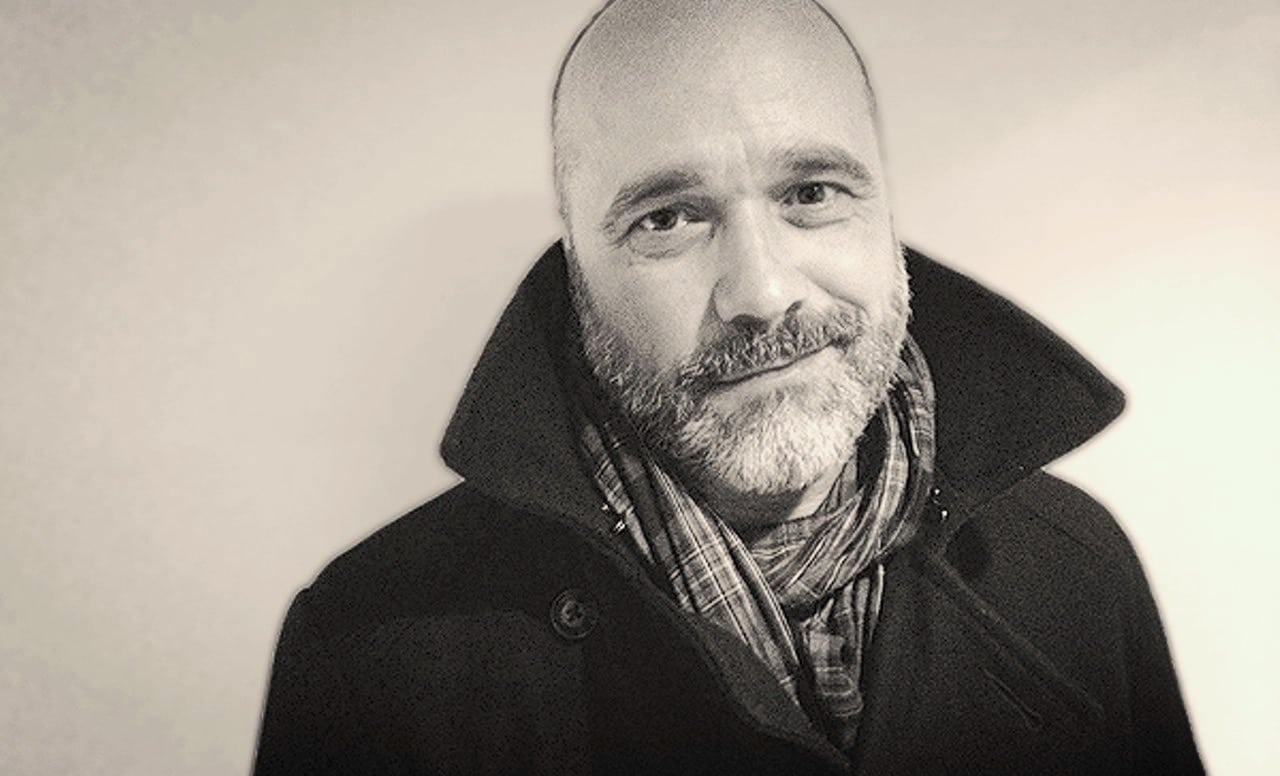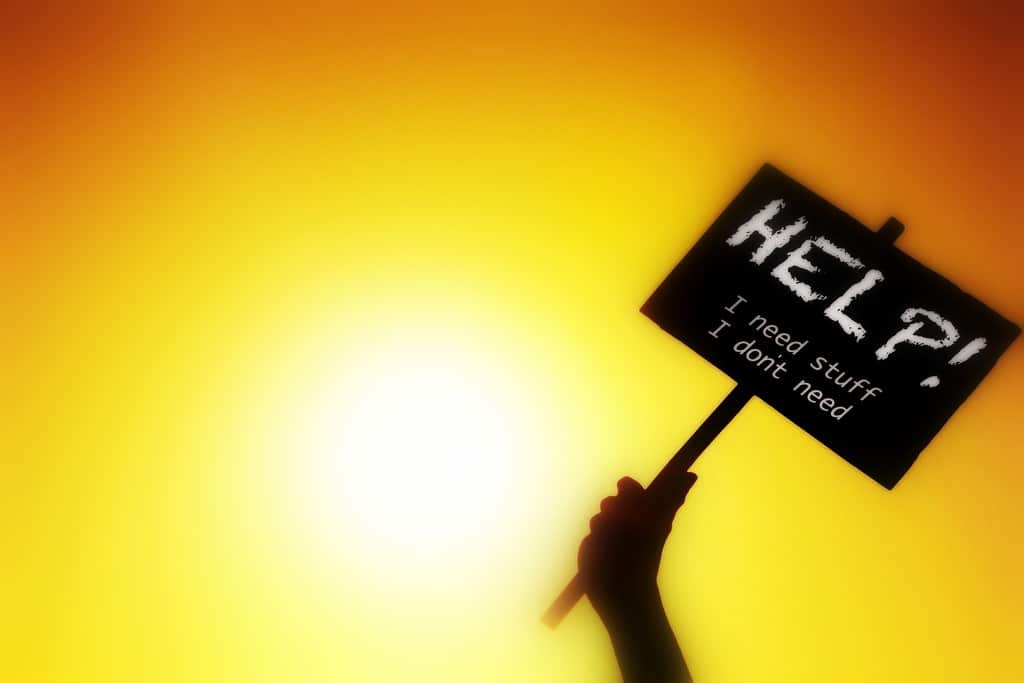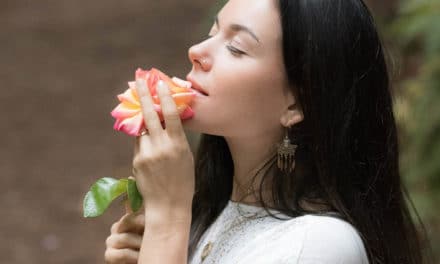
Thanks to iboga, Dimitri Mugianis’ life was changed for the better.
After two decades of cocaine, heroin, and methadone use, Dimitri Mugianis felt ready to die. As someone who had originally turned to drugs as a form of rebellion and a way to numb psychological pain, his habit had turned into a hardcore addiction that took over his life. Unsure what to do next, he turned to what was then an exotic and unconventional treatment—ibogaine.
After having his life turned completely around by his first ibogaine experience, Dimitri began a quest to share the benefits of iboga, harm reduction, and spiritual exploration with others. That journey included working with Howard Lotsof, being initiated into the Bwiti tribe in Gabon, and starting the Universalist Bwiti Society in New York. Today, Dimitri works as a Holistic Health Counselor for New York Harm Reduction Educators (NYHRE)) and has his hands in many other exciting media and community projects. We spoke with Dimitri about his redemption through ibogaine and what harm reduction means to him.
Thank you for speaking with us, Dimitri. You managed to emerge from decades of tragedy and drug abuse through the use of ibogaine and worked closely with the godfather of iboga in the West, Howard Lotsof. What was that experience like?
I’m grateful for the question because it reminds me of those experiences which I am so grateful for. All I can say is that I was preparing for death, and afterwards I was living life. My iboga detox was one of the most important experiences of my life and a total transformational experience—total because I was a slave to opiates, and I had become a helpless consumer. Originally, my drug use was part of a spiritual quest. The bitter irony of going into drug use with that intention or [as] a youthful rebellion against consumer capitalism is that you become the ultimate consumer.
I think opioids provide an incredible release from spiritual and psychic pain, and, when I was younger, I was not equipped to deal with the root cause of my own pain. I don’t know if anyone can truly appreciate it if they haven’t been through it—to be addicted on Tuesday and then not physically dependent on Wednesday. I was in the presence of what many people call God, and it was the beginning of the rest of my life. I believe that addiction is the result of an isolating consumer society. One can’t come out of that place of isolation and consumerism by consuming something. So we have to be careful that iboga does not become another product, but, rather, a catalyst for a new way of living.
Meeting Howard around four months after my first ibogaine experience was also an incredible part of the journey. Becoming friends with him [and] traveling with him and his wife, Norma, was beautiful. Howard was an incredible man. He was a former drug user who had created this movement and dedicated his life to it. He was an amazingly brilliant guy and an elder who could call me out on my bullshit back when I really needed it.
As someone who has facilitated underground iboga sessions and also been initiated with the Bwiti tribe in Gabon, how would you describe the differences between an underground iboga session and a full on Bwiti ceremony?
The core difference is that there is a deep, rich, cultural component. That is not to say that the ibogaine subculture is not a culture itself, as it is over fifty years old now, but with the Bwiti, there are incredibly deep roots. In Gabon, there are something like fifty-two different languages spoken, and so there are different tribes village by village, but there is a continuum of ceremony. When you visit a temple at a village, there have been hundreds or thousands of ceremonies held there, and those ceremonies are essentially the same wherever you are. There’s a kind of technology behind the administration of iboga, a spiritual technology that goes back for centuries. Music is a big part of Bwiti ceremony, and when I first heard their traditional songs, I could hear modern jazz, I could hear Howlin’ Wolf, I could hear R&B, I could hear House music. I could hear all of the music that saved me and entranced me when I was younger. They also draw on the pharmacopeia of the forest, including non-psychedelic plant medicines.
The Bwiti have human flaws like we all do, and we need to be careful to not over mythologize the “other,” but there is an incredibly rich community and tradition surrounding iboga ceremony there. When I went to Gabon, I was looking for authenticity. The search for authenticity is understandable, but what I discovered is that there’s no such thing. It’s all authentic. When I bring my white body into an African village for a ceremony, is that authentic? Yes and no. What is authentic is what’s happening.
You work in many different areas including arts, harm reduction, education, and spirituality. Which path do you believe has the most impact, or are all of them equally important?
I think they all work well together, and I’m involved with creating a program called We Are the Medicine that basically ties all of these things together. For example, when I first started learning compassion-based meditation, I was taught that it was about accepting people where they are at, cultivating unconditional love, having no attachment to outcome, and just being in the moment with people. And when I started working in the harm reduction field, it was essentially the same thing—meeting people where they are at, having no expectation for outcome, and just meeting them in the moment. You can find harm reduction in the teachings of spiritual figures like Jesus as well. It’s about non-attachment and total acceptance of what is. Unlike many, I don’t approach harm reduction with a public health mindset, although it can definitely be that. I do harm reduction as a spiritual practice.
The thing is, the majority of detox programs, like twelve step, are theist, while the majority of harm reduction organizations are basically atheist. What I’m trying to do is bring a holistic perspective that fills in that gap. We have gatherings where we sing, play drums, dance, laugh together, and cry together. It is a synthesis of all these things. We keep our doors open to people who may not be welcome elsewhere due to their gender identification, drug use, poverty, or any other reason. The marginal need a place to be vulnerable. If you can imagine not having a place to cry, like if you are homeless and you are living in a homeless shelter, then how can you be vulnerable? We try to create a safe and accepting space where they can be [vulnerable].
How is that harm reduction? Some of the first harm reduction movements were to create needle exchanges where intravenous drug users could have a safe area off the streets and clean needles. I think that is the original spirit of harm reduction—to create a safe space. I think it’s a basic human right. All people are entitled to beautiful and radiant things and a community that accepts them.
We are very grateful to Dimitri for the work he has done and continues to do to promote holistic harm reduction and the power of ibogaine to interrupt addiction.











I love this guy Dimitri, he is VERY real and tells it like it is. When you have been through stuff like he has that will be what happens. No room for pretentious BS. I like the part when he says: ‘ I believe that addiction is the result of an isolating consumer
society. One can’t come out of that place of isolation and consumerism
by consuming something. So we have to be careful that iboga does not
become another product, but, rather, a catalyst for a new way of living.’ This reminds me of a talk I heard Dr. Gabor Maté do where he pointed out how ‘addiction’ is not a disease, but more like the result of being in a ‘cage’, and he illustrates this with how a rat was put in a cage and given choice between food and cocaine, and it would choose the latter over the former even to causing its own death. BUT if a rat was given its version of ‘rat park’ where it could enjoy itself to the best possible, it chose food and life!
So I would like to ask him if he would describe in detail the isolation he felt. I think it is so important we come out of the closet so to speak and share just how isolated many of us feel. This can happen to people with LOTS of money and possessions and fame (which many of the youth dream of!), like was the case with the singer Amy Winehouse, and other ‘celebrities’ who are self-destructive and can end up dead in their twenties. let us EXPLORE what this isolation being done to us is.
People very well may not go onto smack, crack, and alcohol but depend on the psychiatric drugs to try and manage the ISOLATION! To even share being, feeling, ‘isolated’ in THIS culture will more often than not get you a ‘mental illness’ label!